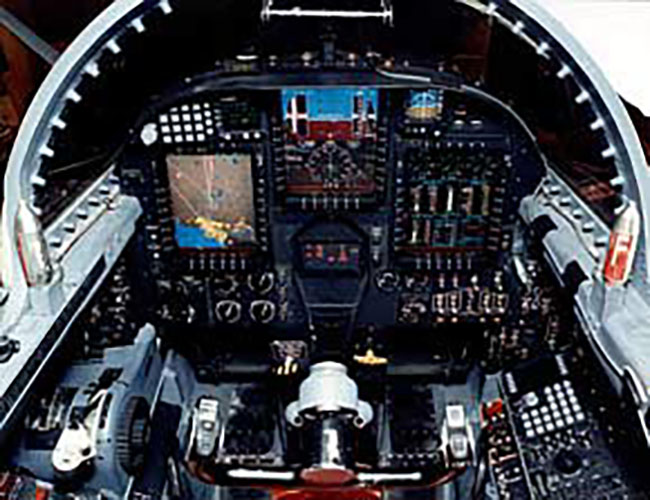The first U-2S planes upgraded through the Reconnaissance Avionics Maintainability Program returned to the 9th Reconnaissance Wing Beale AFB, California. The entire fleet of 31 U-2S aircraft and four two-cockpit trainers will be modified by 2007.

By Tech. Sgt. Jim Brabenec, 9th Reconnaissance Wing Public Affairs.
Beale Air Force Base, California — (AFPN) May, 1, 2002 — Imagine having to reach into the backseat or practice yoga to operate the radio at an altitude of 60,000 feet.
That is how Maj. Walt Flint, the 9th Operations Group’s chief of standardization and evaluation, described working with some of the controls and displays in the current U-2 cockpit. That will soon change.
The first U-2S upgraded through the Reconnaissance Avionics Maintainability Program returned to the 9th Reconnaissance Wing here recently.

The RAMP upgrade replaces the 1960s-vintage cockpit with equipment including three 6-by-8 inch multifunction displays, an up-front control and display unit, and an independent secondary flight display system. The entire fleet of 31 U-2S aircraft and four two-cockpit trainers will be modified by 2007. Lockheed Martin Aeronautics Company has the contract.
The modernized cockpit improves the warfighting capabilities of U-2 pilots.
A pilot’s perspective of the new U-2 cockpit layout (Courtesy photo)
The RAMP upgrade replaces the 1960s-vintage cockpit with equipment including three 6-by-8 inch multifunction displays, an up-front control and display unit, and an independent secondary flight display system. The entire fleet of 31 U-2S aircraft and four two-cockpit trainers will be modified by 2007. Lockheed Martin Aeronautics Company has the contract.
The modernized cockpit improves the warfighting capabilities of U-2 pilots.
« With this first RAMP delivery, the U-2 pilot now has superior situational awareness and improved survivability, » said Lt. Col. Mike Masucci, the U-2 flight test commander. « This increases (information) collection efficiency, which leads directly to more bombs on target and reduced risk to friendly forces. »
U-2 pilots will notice a greatly improved ergonomic landscape in the cockpit, said Col. Alan Vogel, the 9th OG commander.
« The old cockpit layout features navigational equipment low to the right of the pilot with communications equipment located low to the left, » Vogel said. « Operating that equipment adds physical demands to an aircraft which already tests a pilot’s endurance on a lengthy flight. The new displays and controls will help a pilot focus and concentrate on the aircraft and mission requirements. »
To gain a better appreciation for the workload a U-2 pilot faces in flight, consider the maneuvers a pilot takes when flying the old-style U-2 cockpit. Pilots wear a cumbersome full-pressure suit and helmet.
« The helmet is fairly light, but it doesn’t turn all the way with your head to turn it from side to side, » said Lt. Col. Garry Baccus, the 9th Operations Support Squadron commander. « Because the navigation and communication systems controls were mounted down low, to see them you physically had to grab the metal bar — the bailer bar — that locks the helmet faceplate, and use it for leverage to turn the helmet to see and operate these controls. »
Although the improvements do not actually improve the flight characteristics of the aircraft, they do translate to improved flight safety.
While the base awaits the arrival of more RAMP aircraft, many pilots and maintainers have spent time in the RAMP cockpit procedures trainer becoming familiar with the new cockpit, said Brent Thompson, the Lockheed Martin Aeronautics field services engineer. Formal upgrade training for the pilots should begin in early May, Thompson said.
The RAMP contract was awarded in October 1998 and calls for six aircraft to be modified each year.
(Courtesy of Air Combat Command News Service)
Related Links










